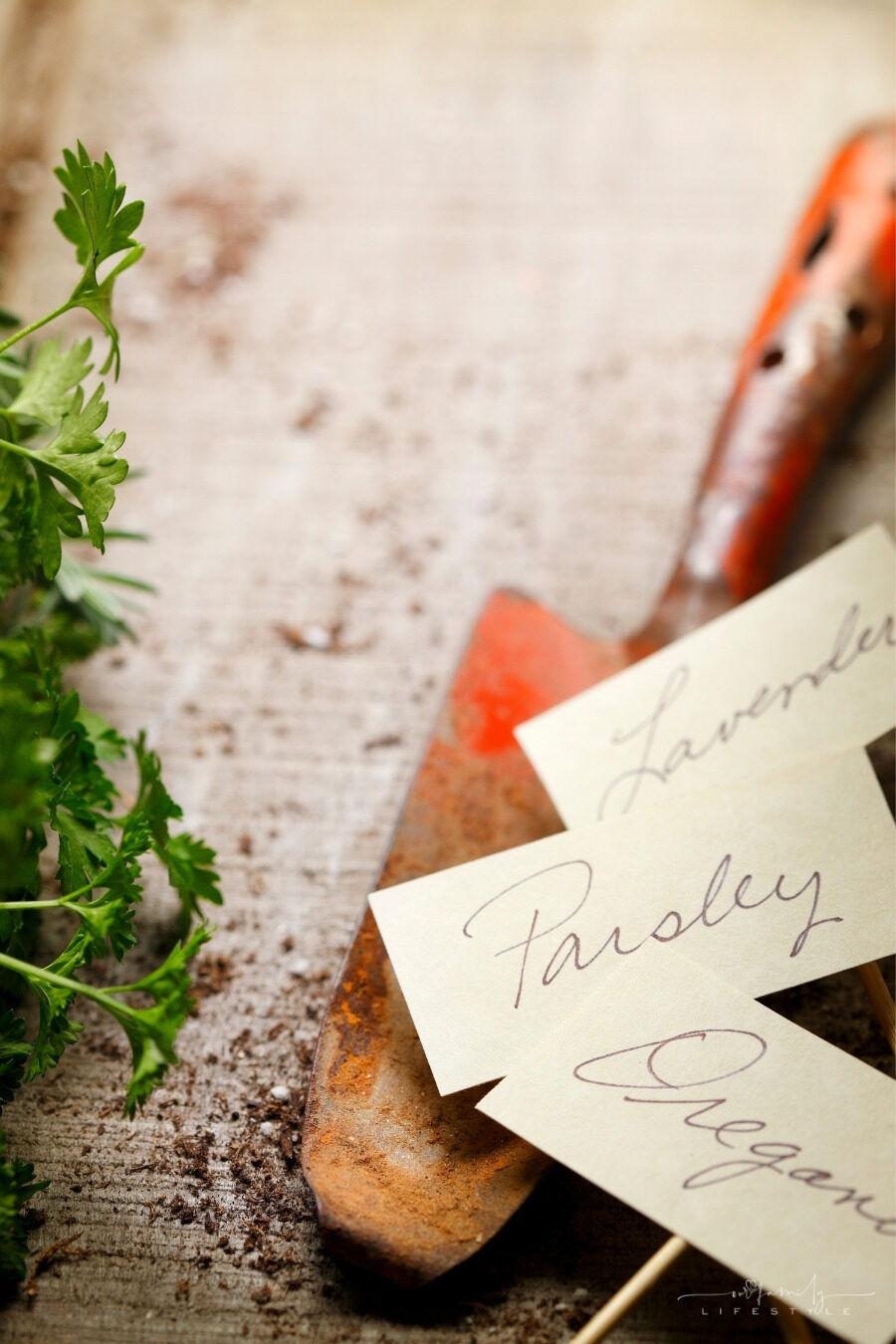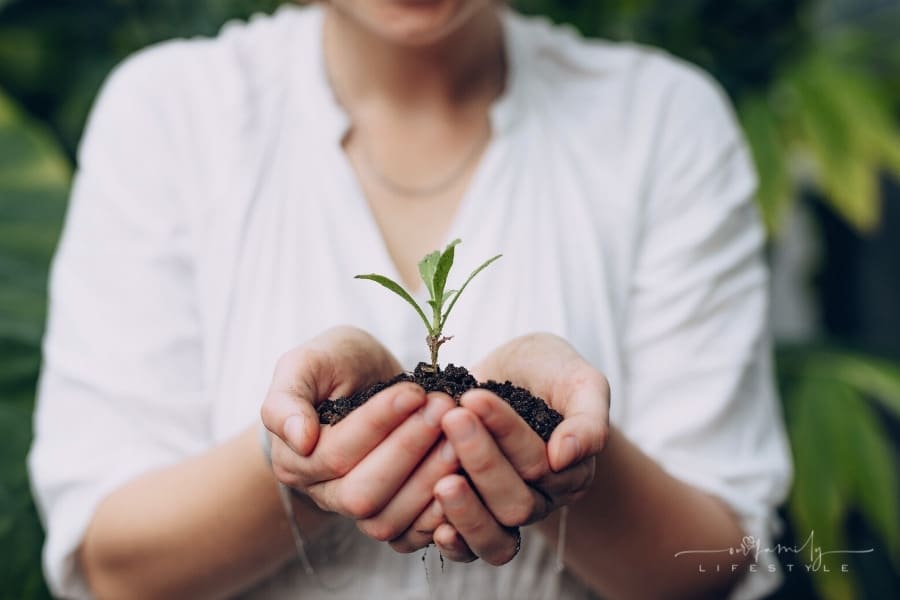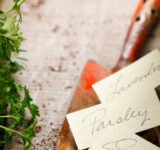6 Gardening Tips You Should Try Out
Gardening is an awesome hobby. Not only can it improve your physical health, but it can also improve your mental health by decreasing stress levels and strengthening your ability to focus.
However, most people who start gardening don’t know where to begin with their garden planting. Others might have tried different types of gardening in the past but gave up after becoming discouraged with low results or high costs involved.
Fortunately, there are some simple ways you can get better at gardening without having to buy lots of special equipment or spend a lot of money on plants and seeds.
Here are 6 excellent gardening tips you should try out.

Try Using Hydroponic Growing Mediums Instead Of Soil
Hydroponic gardening is a great way to grow your plants without using soil. You can plant your seeds right in the container or use a seed starter kit for peace of mind after taking all of the necessary precautions to make sure everything turns out alright.
A popular option would be to use clay pellets instead of soil since they can retain water for up to 10 times longer than their usual counterparts.
Some more examples of great hydroponics mediums seen at https://www.urbanorganicyield.com/ include rock wool, vermiculite, coconut coir, peat moss, and even sand.
The best part is that you’ll be able to grow all types of plants in hydroponic gardens since they’re so versatile.
Putting up borders to your garden is a great way to help make it look more defined and aesthetically pleasing.
Lots of homeowners have learned that solutions such as FormBoss’s garden edging will last you a lifetime because they’re made with galvanized steel.
For example, they come with a 25-year guarantee against rust and corrosion, so you know your garden won’t be damaged by rain or any other extreme weather conditions.
Use Expired Coffee Grounds For Fertilizer
This is a really simple, cheap, and easy gardening trick. All you need to do is save your used coffee grounds (or those of your friends/family members if they drink as much coffee as you) in a container, and use those grounds as fertilizer on areas of your garden that require it once or twice a year.
Specifically, these are the plants: roses, tomatoes, carrots, cucumbers, and strawberries. You can expect higher yields with lower costs involved due to fewer disease problems among other things.
In addition, the coffee grounds act as a natural pesticide that will prevent unwanted garden pests from munching on your plants.
Try Container Gardening
Container gardening has many benefits, mainly that it’s easy to do and you don’t need very much space to put everything. All you need is a container (preferably one with good drainage), an area with lots of sunlight, and your favorite plants.
To avoid messing up the soil composition in your garden, you can repurpose old tires into planters for this purpose instead of buying new ones.
You’ll save money on both water and fertilizer as well since those are usually the biggest costs involved when growing plants.
Simply dump your used coffee grounds right on top of your soil, mix it in until they’re all evenly mixed, and you’re good to go.
Don’t Forget To Mulch
Mulching is another excellent gardening tip that can help you save money on fertilizer, water, and other materials.
Your plants will also grow healthier with fewer weeds to worry about. If you’re wondering what exactly mulching entails, it’s creating a nice layer of organic matter around the base of your plants.
There are many different types of organic materials you can use for mulching, including dry leaves, grass clippings, straw, composted manure, weed-free hay or straw, pine needles, newspaper, or cardboard sheets cut into small pieces that are 2 inches thick at most.
You should place the thicker layers closer to the base of the plant while using layered newspaper or cardboard for the rest of the mulch.
Start Seeding in Egg Cartons
You can repurpose egg cartons for seed starting in the garden. You can make individual planting cells that are simple to transplant once the seeds have sprouted and grown by filling the compartments with soil.
The lid shields the seeds from drying out while the insulation in the carton keeps the soil warm and moist.
Simply fill each compartment with soil, then add seeds, and water, and set the carton in a warm, well-lit location to get started. Keep the soil moist and, once the seeds have sprouted and grown a bit, transplant them into your garden or larger pots.
Use Microgreens To Save Time And Money
Microgreens are essentially just young, miniature versions of certain types of vegetables and other plants packed with lots of nutrients.
You can grow them in any kind of container by using a potting mix, seed starter soil, vermiculite, perlite, or peat moss.
All you need to do is take some seeds that are good for microgreens (a great option would be alfalfa), and soak them overnight in water before placing them on top of moistened soil about an inch apart from one another since they’re going to grow into little plants after being exposed to lots of direct sunlight for a few days.
Once they have grown to be about an inch tall, you’ll chop off the greens from the microgreens so you can use them as food or as sprigs as decoration in salads and other dishes.
Try Using Companion Plants And Flowers
Companion planting means growing certain types of plants next door to one another that might benefit from each other’s company more than apart.
For example, growing marigolds near tomatoes will help keep away harmful insects since their strong scent is offensive at best and deadly at worst to bugs.
You can also mix nasturtiums, calendulas, and sunflowers in the same container for a colorful display. Plants with big roots should not be planted near smaller plants because their roots will likely compete for space, water, and nutrients.
All of these gardening tips should help you have a fantastic experience growing your very own plants indoors or outside. You can even start small by having a garden in pots and containers until you’re confident enough to go bigger.
Just remember that there are lots of different things you can try out for growing your plants, so don’t be afraid to experiment with them.


